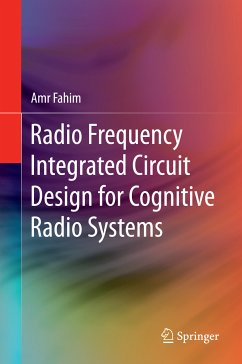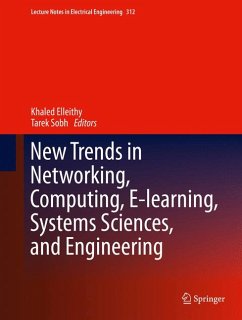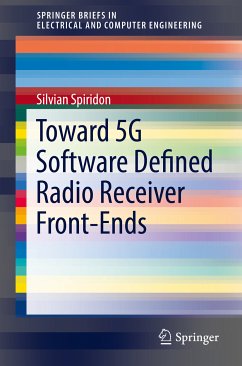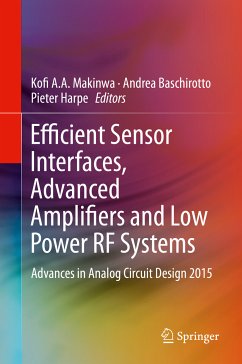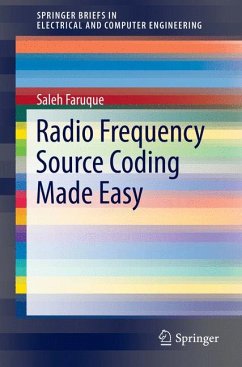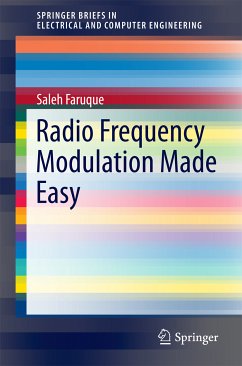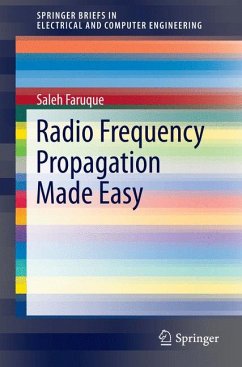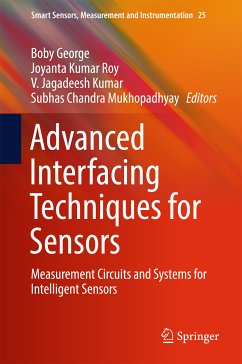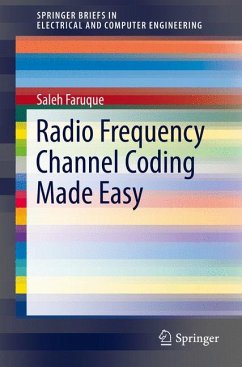
Radio Systems Engineering (eBook, PDF)
A Tutorial Approach
Versandkostenfrei!
Sofort per Download lieferbar
64,95 €
inkl. MwSt.
Weitere Ausgaben:

PAYBACK Punkte
32 °P sammeln!
This book is intended for readers who already have knowledge of devices and circuits for radio-frequency (RF) and microwave communication and are ready to study the systems engineering-level aspects of modern radio communications systems. The authors provide a general overview of radio systems with their components, focusing on the analog parts of the system and their non-idealities. Based on the physical functionality of the various building blocks of a modern radio system, block parameters are derived, which allows the examination of their influence on the overall system performance. The dis...
This book is intended for readers who already have knowledge of devices and circuits for radio-frequency (RF) and microwave communication and are ready to study the systems engineering-level aspects of modern radio communications systems. The authors provide a general overview of radio systems with their components, focusing on the analog parts of the system and their non-idealities. Based on the physical functionality of the various building blocks of a modern radio system, block parameters are derived, which allows the examination of their influence on the overall system performance. The discussion is complemented by tutorial exercises based on the Agilent SystemVue electronic system-level (ESL) design software. With these tutorials, readers gain practical experience with realistic design examples of radio transmission systems for communications and radar sensing. The tutorials cover state-of-the-art system standards and applications and consider the characteristics of typical radio-frequency hardware components. For all tutorials, a comprehensive description of the tasks, including some hints to the solutions, is provided. The readers are then able to perform these tasks independently. A complete set of simulation models and solutions to the tutorial exercises is given.
Dieser Download kann aus rechtlichen Gründen nur mit Rechnungsadresse in A, B, BG, CY, CZ, D, DK, EW, E, FIN, F, GR, HR, H, IRL, I, LT, L, LR, M, NL, PL, P, R, S, SLO, SK ausgeliefert werden.




